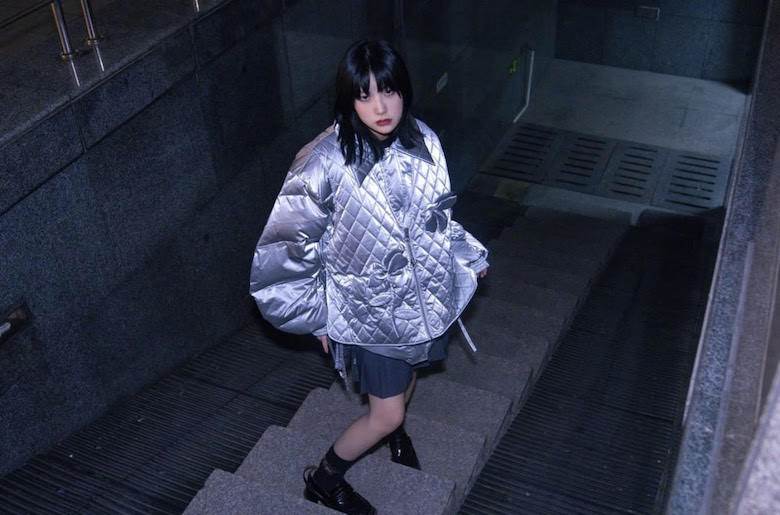Following on from the Chinese government’s release of its 14th five-year plan for textiles over the summer, the country’s Ministry of Industry and Information Technology recently released another five-year development plan for accelerating several industries’ “green upgrades”, inclusive of textiles.
Highlights included promoting the recycling of renewable resources such as textile waste (and cultivating major enterprises in this field), strengthening the conceptualisation and revisioning of industrial water-saving standards and establishing an industrial water-saving model.
By 2025, fifty leading companies in the area of water efficiency across high-consumption sectors such as textiles, paper and food production will be hand-picked to form water-saving benchmarks.
For textiles, the plan proposed the implementation of low-liquor ratio dyeing, non-polyvinyl alcohol (PVA) sizing in weaving, green pulping of regenerated cellulose fibres, supercritical carbon dioxide (scCO2) fluid dyeing and the open-width dyeing of knitwear.
The renovation of technology and facilities, plus more water-efficient continuous dyeing of polyester was also recommended.
Separately, Sichuan provincial department of commerce has notably released its own “guiding opinions” for the local sericulture sector during the same five-year period, including its overall modernisation towards a “high-end ecological industrial structure” capable of producing independent brands, new technologies and products. This extends to improving the efficiency and attractiveness of vocational training, according to the document.
Sichuan’s strategic objective is to become nationally renowned for its sericulture-related research, development and manufacturing, plus establish itself as a world leading silk tourism destination, the department said.
Image: Hangzhou-based brand Muzkin via Instagram.









